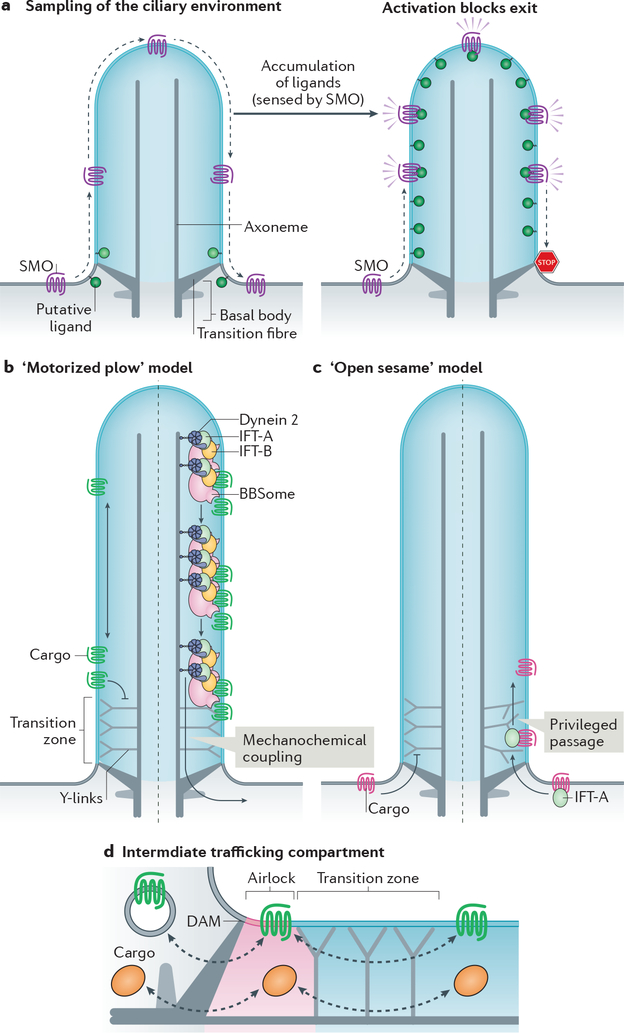Figure 3|. Models of transition zone crossing and of the intermediate compartment.
a| Constitutive passage through the cilium enables Smoothened (SMO) to continuously sample the environment of the cilium. Elevation of inner leaflet cholesterol (see Box 2) or other second messengers leads to the activation of SMO and blockage of exit to result in ciliary accumulation of activated SMO and activation of downstream signalling. b|–c| Membrane proteins cannot cross the transition zone unassisted. According to the ‘motorized plow’ model (b), dynein 2 utilizes the energy of ATP to generate microtubule-based motion and drags retrograde intraflagellar transport (IFT) trains and their attached cargoes through the transition zone (right). According to the ‘open sesame’ model (c), cargo binding to import factors (exemplified by IFT-A) allows privileged passage of the transition zone in a motor-independent manner (right). In this model, the transport factors locally remodel the transition zone to allow passage. Note that the models may apply to either trafficking directions. d| Increasing evidence points towards the existence of an intermediate trafficking compartment at the ciliary base that functions as an ‘airlock’ proximal to the transition zone and may thus represent a checkpoint for ciliary import and export. The proximal boundary of the airlock is likely to correspond to the distal appendage matrix (DAM) located at the membrane between transition fibres.

